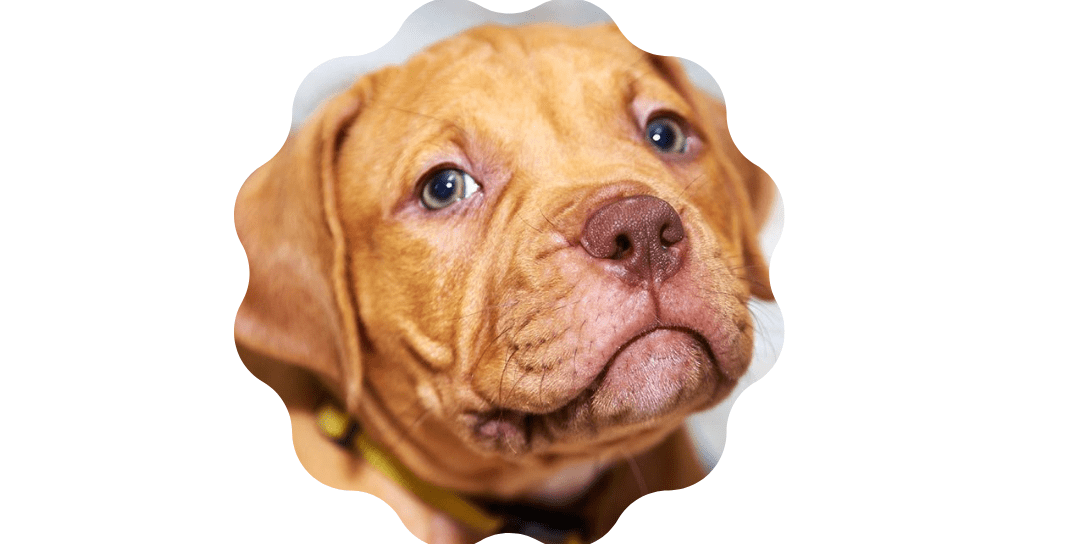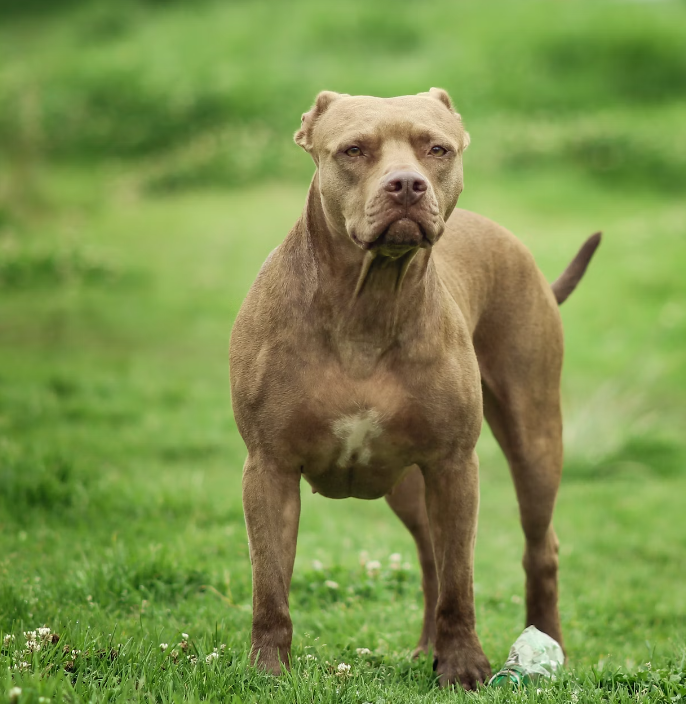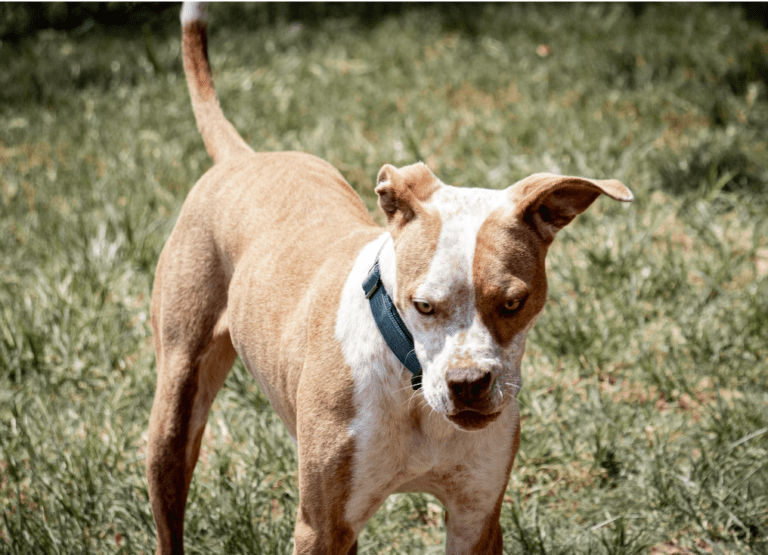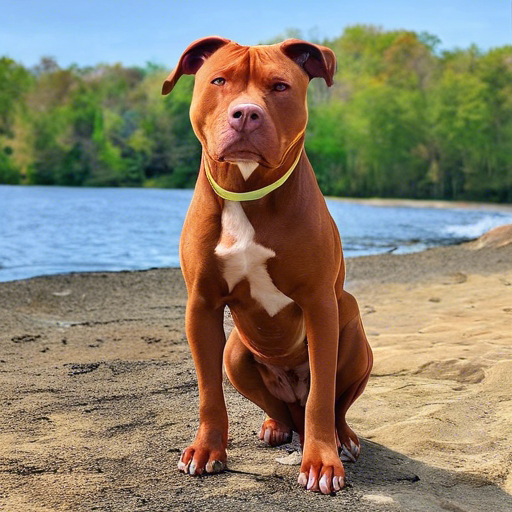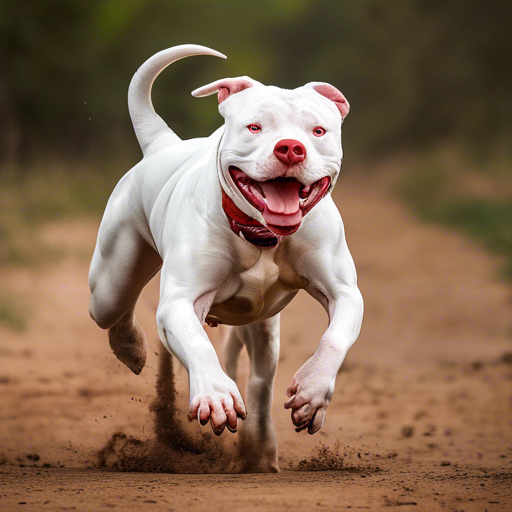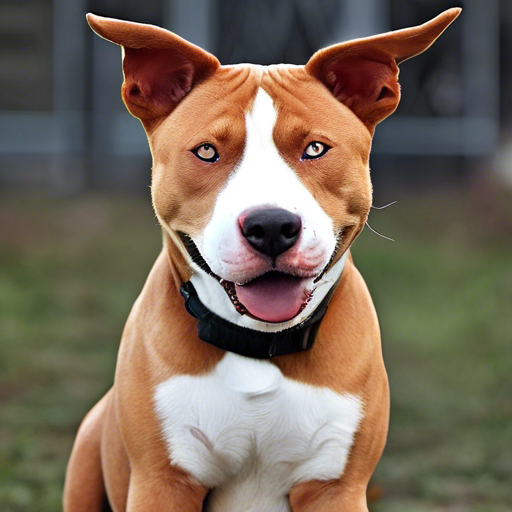Red Nose Pitbull Dog Breed Advantage
Introduction
Red Nose Pitbulls are a captivating and often misunderstood breed. Known for their striking appearance and loyal nature, these dogs have a rich history and numerous benefits as pets. Let’s dive into the world of Red Nose Pitbulls and explore what makes them a unique and advantageous breed.
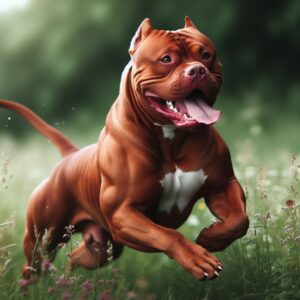
What is a Red Nose Pitbull?
A Red Nose Pitbull is a variation of the American Pit Bull Terrier, distinguished by its reddish-brown nose and coat. These dogs are part of the larger Pitbull family and are known for their strength, agility, and affectionate nature.
Brief History of Red Nose Pitbulls
Originating in Ireland in the 1800s, Red Nose Pitbulls were initially bred for their fighting prowess. Over time, they transitioned from fighters to beloved family pets, known for their loyalty and protective instincts.
Physical Characteristics
Appearance
Red Nose Pitbulls have a distinctive look with their red or copper-colored nose, matching coat, and amber eyes. They possess a muscular build and a broad chest, which contributes to their powerful and athletic appearance.
Size and Weight
These dogs typically weigh between 30 to 70 pounds and stand about 18 to 22 inches tall. Their size can vary depending on genetics and overall health.
Coat and Color
Their coat is short, smooth, and glossy, which makes them relatively low-maintenance in terms of grooming. The coat color ranges from light red to deep reddish-brown, often with white markings on the chest and feet.
Temperament and Personality
General Disposition
Red Nose Pitbulls are known for their affectionate and loyal nature. They form strong bonds with their owners and are often described as “people dogs” due to their love of human companionship.
Behavior with Families
These dogs are great with families, including children. Their playful and energetic demeanor makes them wonderful playmates. However, like all breeds, they should be supervised around young children to ensure safe interactions.
Interaction with Other Pets
Red Nose Pitbulls can get along well with other pets, especially when properly socialized from a young age. Their social behavior is influenced by training and the individual dog’s personality.
Health and Lifespan
Common Health Issues
Red Nose Pitbulls are generally healthy but can be prone to certain conditions like hip dysplasia, allergies, and heart disease. Regular veterinary check-ups are essential to maintain their health.
Lifespan
With proper care, these dogs typically live between 12 to 15 years. Their longevity is influenced by diet, exercise, and overall health maintenance.
Tips for Maintaining Health
Regular exercise, a balanced diet, and routine veterinary care are crucial. Additionally, keeping their vaccinations up to date and providing heartworm prevention can help ensure a long, healthy life.
Training and Exercise
Importance of Training
Training is essential for Red Nose Pitbulls to ensure they are well-behaved and responsive. Proper training helps mitigate any aggressive tendencies and enhances their positive traits.
Effective Training Techniques
Positive reinforcement methods, such as treats and praise, work well with this breed. Consistency and patience are key, as Red Nose Pitbulls are intelligent and eager to please but can be stubborn.
Exercise Needs
These dogs have high energy levels and require regular physical activity. Daily walks, playtime, and mental stimulation are necessary to keep them happy and healthy.
Diet and Nutrition
Recommended Diet
A high-quality, protein-rich diet is recommended. Foods with real meat as the first ingredient and minimal fillers are ideal. Consult with a veterinarian to determine the best diet for your dog.
Foods to Avoid
Avoid foods with artificial additives, excessive fat, and low nutritional value. Also, steer clear of human foods like chocolate, grapes, and onions, which can be toxic to dogs.
Importance of Nutrition
Proper nutrition is vital for maintaining a healthy weight, strong muscles, and overall well-being. A balanced diet contributes to a longer, healthier life for your Red Nose Pitbull.
Grooming Needs
Coat Care
The short coat of a Red Nose Pitbull requires minimal grooming. Weekly brushing helps remove loose hair and keeps their coat shiny.
Bathing Frequency
Bathing should be done as needed, typically once a month or when they get particularly dirty. Use a gentle dog shampoo to avoid skin irritation.
Nail and Teeth Care
Regular nail trimming and teeth brushing are essential parts of their grooming routine. These practices prevent discomfort and health issues related to overgrown nails and dental problems.
Living Conditions
Ideal Living Environment
Red Nose Pitbulls thrive in various living environments, from apartments to houses with yards. They need sufficient space to move and play but can adapt well if their exercise needs are met.
Adaptability to Different Living Situations
These dogs are highly adaptable and can do well in both urban and rural settings. The key is ensuring they get enough exercise and mental stimulation, regardless of the living situation.
Advantages of Owning a Red Nose Pitbull
Loyalty and Companionship
Red Nose Pitbulls are incredibly loyal and make excellent companions. Their strong bond with their owners provides emotional support and unconditional love.
Protection and Guarding
Their protective nature makes them good guard dogs. They are naturally alert and will defend their family if they sense danger, making them reliable protectors.
Intelligence and Trainability
Their high intelligence makes them easy to train for various tasks and commands. They excel in obedience training and can be taught tricks, further enhancing their bond with their owners.
Potential Challenges
Misconceptions and Stigma
Unfortunately, Red Nose Pitbulls face misconceptions and stigma due to their historical association with dog fighting. Educating others about their true nature is important to overcome these biases.
Managing Aggression
While they are not inherently aggressive, poor training and lack of socialization can lead to behavioral issues. Proper training and socialization from a young age are crucial to prevent aggression.
Legal Restrictions
Some areas have breed-specific legislation that restricts or bans Pitbulls. It’s important to research local laws and regulations before adopting or purchasing a Red Nose Pitbull.
Importance of Early Socialization
Early socialization is key to ensuring Red Nose Pitbulls are well-adjusted and friendly. Introducing them to various people, animals, and environments helps develop their social skills.
Methods for Socializing
Positive experiences with other dogs and humans, puppy classes, and regular outings to different places help in their socialization. Consistent and gentle exposure is essential.
Socialization with Humans and Animals
Regular interaction with family members, friends, and other pets helps reinforce good behavior. Supervised playdates and group activities can also aid in their social development.
Adoption and Purchase
Choosing a Reputable Breeder
If purchasing a Red Nose Pitbull, choose a breeder who prioritizes health, temperament, and ethical practices. Avoid puppy mills and do thorough research.
Adoption vs. Purchase
Adoption from shelters or rescue organizations is a great alternative to buying. Many Red Nose Pitbulls in shelters need loving homes and make wonderful pets
